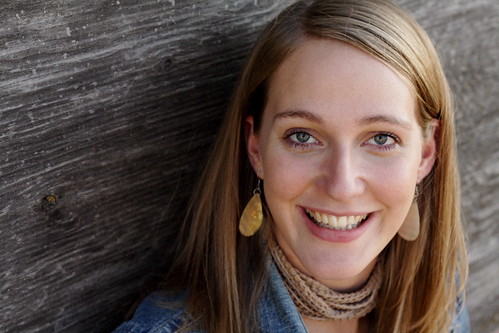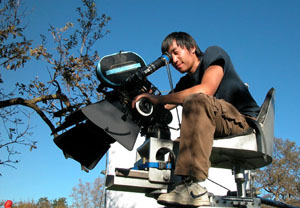
Tuesday, 11 October 2011
Camera angles: Eye Level
This is the most common shot. The camera is positioned as though it is a human who is actually observing the scene. For example, the camera would be at the actors head level which is usually placed five to six feet from the ground. Shows subjects as how we would expect to see them in real life.


Camera angles: High Angle
This shot is a less detailed birds eye view, not quite the same shot but close. The camera is placed above the action to give a 'general overview'. Obviously, high angles make the actual image and whats in it look much smaller than what is actually is, for istantance a high view of a city would make the people and shops look a lot smaller. This also makes the object seem less significant or somehow scary in some cases.

A cameraman raised above the action, getting a high angle shot:


A cameraman raised above the action, getting a high angle shot:

Camera angles: Low Angle
This shot gives a sense of speeded motion and increases height. Low angles often confuse a viewer. Usually the background of a low angle shot would just be sky or a general landscape etc. The lack of detail added to the shot increases the importance of the low angle. The viewer may be inspired fear and insecurity by the added height of the object on screen.


Subscribe to:
Posts (Atom)